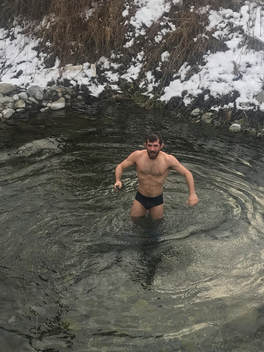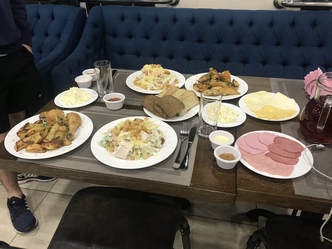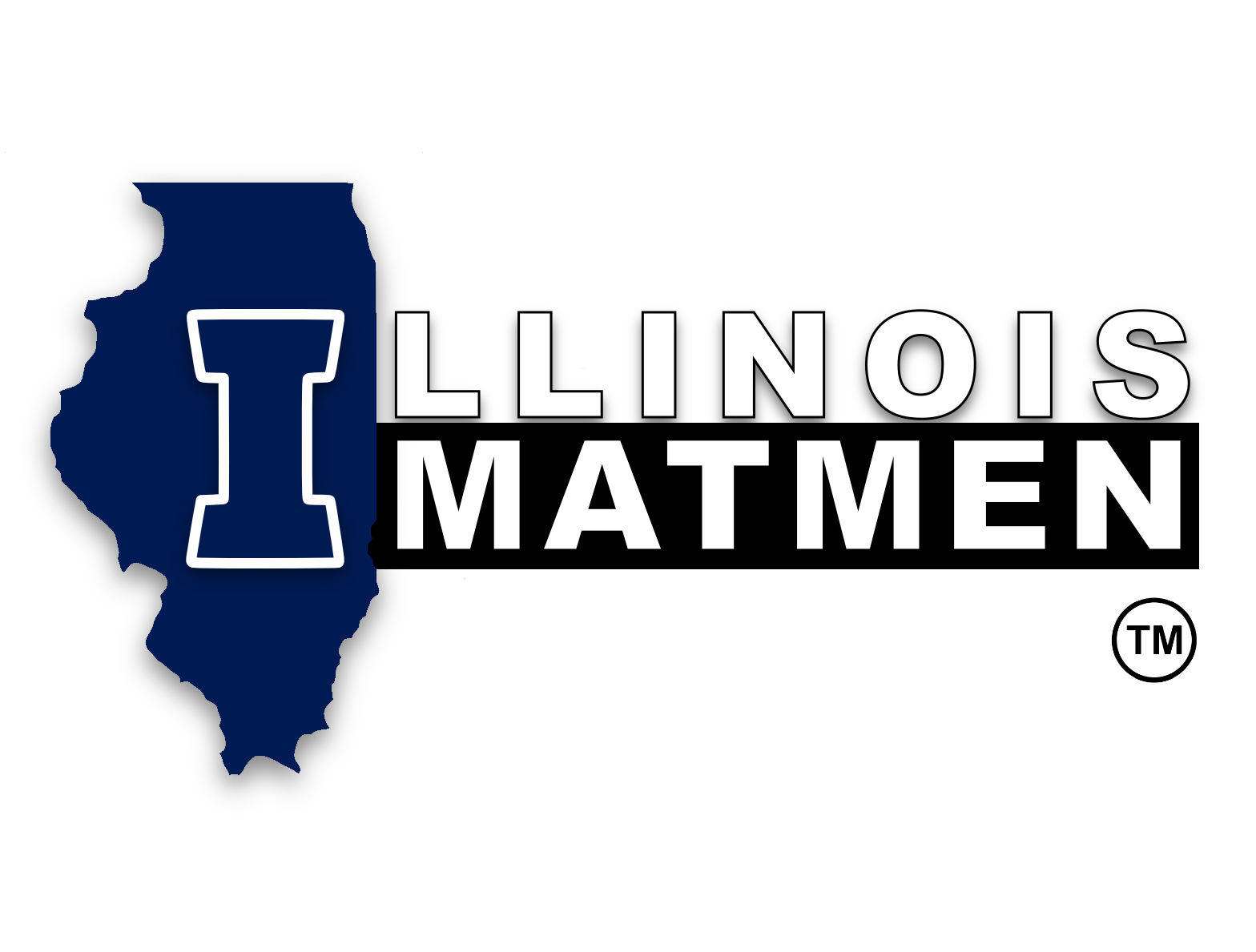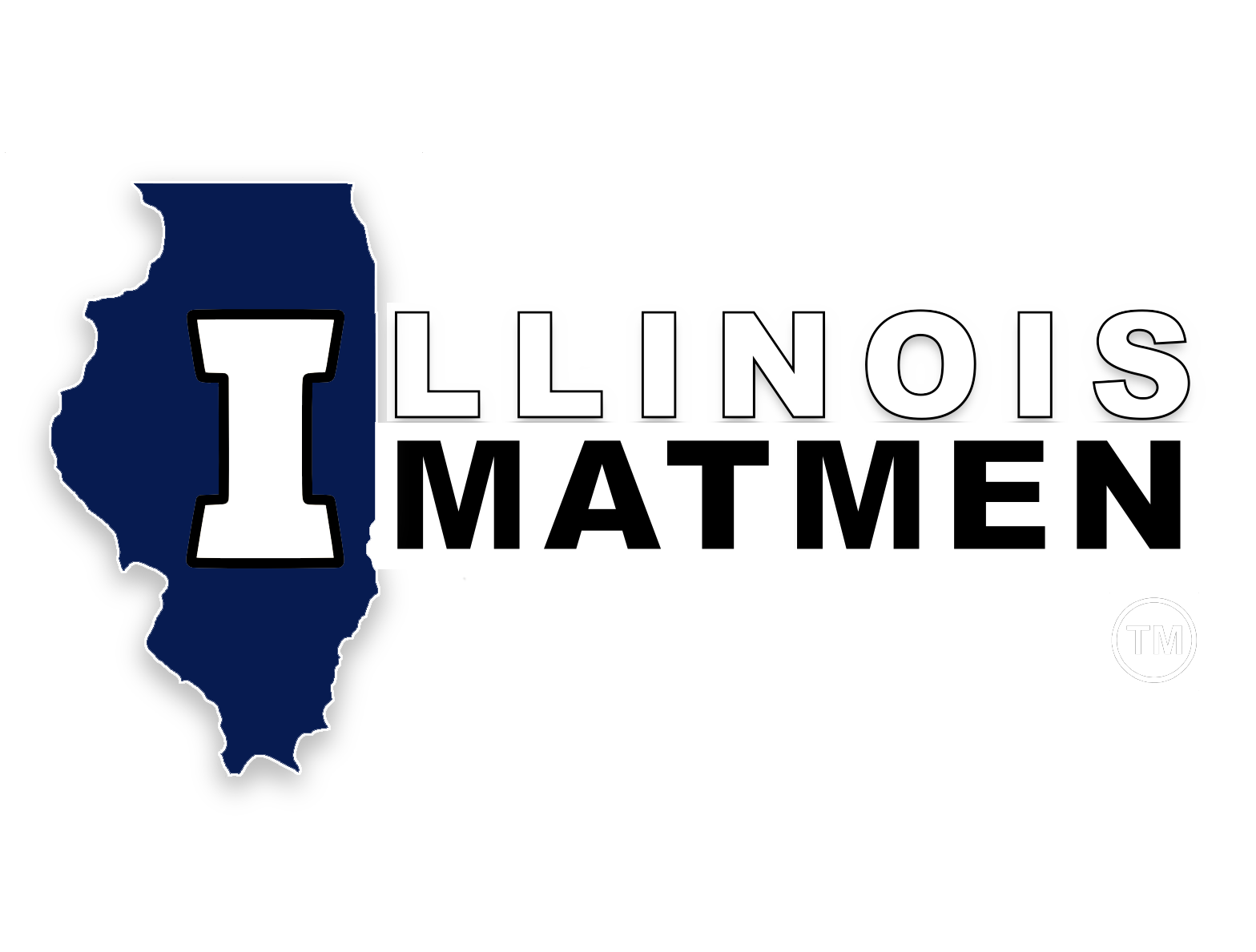 “I AM ROOTED, BUT I FLOW.” V. WOOLF
“I AM ROOTED, BUT I FLOW.” V. WOOLF
All the way from Russia, this week’s update will be giving from yours truly, Zane Richards. Having this opportunity to write about my experiences in Ossetia is an honor that has already brought many benefits to my wrestling game and life. I never would have thought that I’d be sitting in the lobby of the most decorated club on earth as far as world medals are concerned, and writing about the observations I’ve made these few weeks. Being an athlete currently training, this perspective should offer a different viewpoint and provide you readers with a greater insight as to what wrestling is like from across the world.
The new week of training was slightly different than the ones before it, because of the upcoming qualifier for the Yarygin and the Yarygin itself. It was interesting to see how one of the best wrestling clubs in the world would prepare for one of the premier competitions this year. Monday had a morning workout followed by a basketball game in the afternoon. Tuesday had two wrestling workouts in the morning and at night. Wednesday was game day with a sauna session afterward. Many of the known world contenders and studs in the room were not playing basketball during the week, and mostly spent time doing light exercises, or even just spectating the fun. They all would show up for practice, but didn’t want to risk injury before a competition as big as the ones to come. Thursday was very light morning workout followed by more basketball in the afternoon. All of this was leading into Friday, which was a simulation day filled with matches. Saturday was a game and sauna, with Sunday being taken completely off. Most of the athletes went home Saturday giving a room all to myself (finally).
The day of the mock competition, every athlete had an edge to them. Even at breakfast, many of the athletes were much more focused and consumed with the day to come. We had to wrestle four matches in the morning, followed by two more in the afternoon to simulate a tournament. The warm up was longer like a tournament warmup. Where you would see laughter and joking, there was none at this time. Each athlete had his mind focused on their pre-match rituals, and executed them with determination. Much more time was spent drilling and stretching our partner before the matches, and little to no demonstration was given from the coaching. When it was time to wrestle matches, these guys got after it. Coaches picked the match order for the wresters in the upcoming competition. If you were not picked, you had to find your own partners. From my own experience, I can say that finding good competition isn’t hard. If I wrestle six matches that day, I had to plan for six different times to be pushed to my limit, and several of the matches went beyond. Every point is contested, and god help you if you score big, because when the opponent stands up the pace is instantly doubled. It isn’t unbelievable to think you might not score for the first four or five minutes of a match if you don’t push the pace, and if you’re not ready to go off the whistle, you’ve made a serious miscalculation in your match. The margin of error to score needs to be near perfect. Any hesitation when you reach your opponent’s legs, and you’re getting scored on. Having a dominant position doesn’t mean an easy score, and with a minimum amount of opportunities, you better make it count. I wrestled several Russians, a Greek, an Armenian all of which were of high caliber. Not all the matches went well either, wrestling up a weight or two against the Junior World Champ can be a tough match, but it makes you a better wrestler. It’d be nice to say I flew to Russia and smashed everyone at will, but if that was the case, why would I go in the first place? The point was to get the highest possible training I could, and that’s what I got. It was hard on my body, but worth every aching joint I received.
It’s training days like this one that makes you thankful for your rest days. All your joints feel extreme soreness, and the time management of when to go hard and when to rest is just as important as the training itself. This is one thing that the Ossetians’ have found a good formula for. Just when you think your body is about to give out and critically injure itself, they give you time to rest and recover. The time spent in the sauna becomes an important ritual to prepare for the days to come, because if you don’t recover now, the chances of you getting injured are high. This doesn’t even factor how the quality of your workout plummets.
Proper rest isn’t the only thing that helps you recover, and if you didn’t know by now then I’m about to give you a secret that will change the game for your training. The quality and timing of your diet is going to dictate how well you train. Too often, American wrestlers skip meals or eat too much food at the wrong times in the day, and this gives bad results in our practices. The two most calorie dense meals in Ossetia are easily breakfast and lunch, with lunch being the biggest meal. Every breakfast is served with a large bowl of oatmeal for carbohydrates which every athlete consumes. It’s their choice of fats between eggs, sausages, and strange, but delicious breakfast cakes. Breakfast is also served several hours before the morning workout to allow for proper digestion before they workout.

After the morning practice you shower and immediately refuel at lunch. Healthy meats and whole grain carbohydrates are served along with fruits, vegetables, and soup. This meal is usually bigger to prepare for the night and to allow for recovery from the morning. After lunch, most wrestlers socialize with different board games, video games, or rest in their rooms until the night session. When the night session is over, the smallest meal is served. We typically eat a lot at dinner as Americans, but this doesn’t prepare you for a workout. Instead, you eat some protein and whole grain carbs to recover, with lots of vegetables. The amount of food is much less, and there is no soup or extra fruit served. It’s a very basic small meal to serve the purpose of recovery, and in the morning, is where you can have your energy for the day.
A few more differences in the training compared to our American system:
For one, practices have a less defined and rigid feel for what is expected of you in the workouts. From what I can tell, the coaches just expect the athletes to give their best effort in every situation, and keep an open mind. There are no specific techniques or styles that they are looking for the athletes to commit to, and will only offer advice when an athlete has made a mistake. A coaches input isn’t trying to change how a wrestler competes entirely, but instead tries to sharpen what is being done to give a better product for that wrestler’s performance. This process keeps ego in check between wrestler and coach, and both are very respectful of what each other is trying to accomplish. Too many times I have seen coaches force their athletes to rehearse techniques that do not fit into the athlete’s style. I feel that this is a crucial difference between systems that allow for growth, and ones that stay stagnant. Trying to fit a square peg into a round hole in wrestling is a sure-fire way to plateau, which is one thing an athlete should fear more than losing.
Another cultural difference I have noticed, is how many wrestlers of all skill levels stay after practice and get extra work in. Now, I haven’t seen every club in America, so I maybe missing some when I say this, but I have never seen such a large amount of kids working out after practice is done. This is not to say the actual practice wasn’t hard either. In fact, I would challenge to say they train just as hard as we do when we drill and go live. However, when I see a room of 120 wrestlers after a workout all drilling, doing ropes, sprints, bridging exercises, after they had just had a tough practice, it strikes me as different. The most impressive part, is that coaches don’t have to say anything for this to take place. Everyone knows what problems the have when they wrestle, and when they are done wrestling they get to work.
The last observations I noticed was how casual it was for coaches to help other athletes that didn’t train with them daily. I’ve had no less than 10 different coaches instruct me on technique while I was wrestling, and all of them made my wrestling better. This was also true for my practice partners, as well as anyone else I saw in the room. To have such high-quality coaching being passed out as free samples at the supermarket made you feel confident in your training. It helps you believe that at all times you are doing everything you can to make the next evolutionary step in your wrestling. Whether it’s a small note of getting your head up, or an entirely different answer to a position, you are surrounded with options, and all that is required is that you give every ounce of effort to the sport.
The American system that I am used to is a great way to develop athletes, wrestling skill, and fierce competitors. If it wasn’t for the training I had received before my trip to Ossetia, I wouldn’t be anywhere near ready to compete with these guys, let alone beat them. However, I have had the honor of training with a great wrestling club that does a lot of smart things when they train. These are things that I wouldn’t have discovered without taking the risk of traveling outside of my own wrestling room to see what else I can do to improve myself and my training. When someone does something smart you pay attention, and try to replicate what was done. The same thing goes for my wrestling. There are a lot of different skills and ideas that I can use in addition to the ones that I am currently using to make one unified, superior product. Making a hybrid system between what I am used to and what I have learned in my short time spent in Russia will yield great results for my career as a competitor, and I’m thankful for having the opportunity to make these adjustments.
All this information and data collecting would only have been possible with the help from the IRTC program and everyone involved with my training. This trip is one of the examples that makes our program stand out from other clubs in the country. While certain clubs send their athletes to a tournament to get a few matches, the IRTC is spending its resources to give the athletes (myself included) a chance to wrestle dozens of simulations while receiving training from the top clubs on earth, several weeks at a time. We are taking the knowledge from first hand experience and applying it to our own training to continue building the ultimate wrestling club. It’s the sacrifices made from our family members, coaches, teammates and donors that allow for such advancements to be made in our club. Without those of you who invest in our journey, our success would be limited. Experiences like these are not only game changers in wrestling, but life changing as well. I have met many great people in Ossetia, and it is all thanks to what the IRTC gave me to accomplish my dreams.
As a last reminder, this upcoming week is the last week of training. Afterward, we will be returning to the United States with plenty of tricks and battle scars to begin our next phase of training.
Enjoy the process,
Zane Richards
Website – www.illinoisrtc.com
Donation Page – click HERE
Twitter – @illiniRTC







GIPHY App Key not set. Please check settings